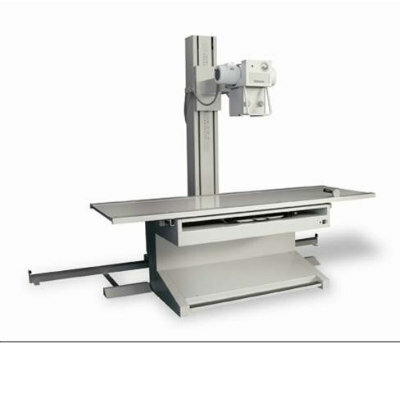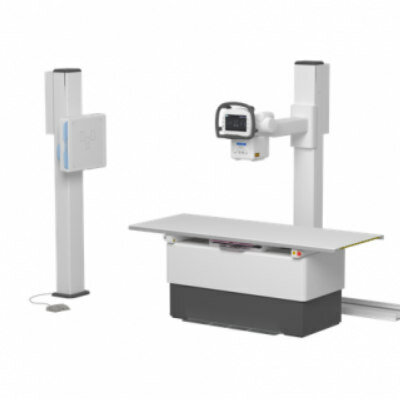Sodium MRI Provides New Way to Detect Osteoarthritis
By MedImaging International staff writers
Posted on 28 Sep 2010
Researchers have developed a novel way to look at the development of osteoarthritis in the knee joint--one that relies on the examination of sodium ions in cartilage. Their research may provide a noninvasive method to diagnose osteoarthritis in its very early stages.Posted on 28 Sep 2010
The study, conducted by investigators from New York University (New York, NY, USA), was published online August 24, 2010, in the Journal of Magnetic Resonance. The concentration of sodium ions, which are distributed in the body, is known to reveal the location of glycosaminogycans (GAGs) in cartilage tissues. GAGs are molecules that serve as the building blocks of cartilage and are involved in numerous vital functions in the human body. Mapping the GAG concentration is necessary for the diagnosis and monitoring of a number of diseases as well as to determine the efficacy of drug therapies. For instance, GAG loss in cartilage typically demonstrates the onset of osteoarthritis and intervertebral disc degeneration.
However, the existing methods for GAG monitoring--based on conventional magnetic resonance imaging (MRI)--have limitations: they cannot directly map GAG concentrations or they require the administration of contrast agents to reveal the location of these concentrations. However, since sodium ions are already present in cartilage, investigators have sought to measure these ions using special MRI techniques that are noninvasive.
Such a methodology was previously developed at the University of Pennsylvania (Philadelphia, USA) and Stanford University (Palo Alto, CA, USA). However, these techniques were not able to isolate ions in different parts of the knee area. Specifically, they could not make clear-cut distinctions between signals of slow motion sodium ions in the cartilage from those of free sodium ions in synovial fluid and joint effusion in the knee joint.
The NYU research team tried to improve on this method by focusing on the differences in the characteristics of sodium ions in the two environments. Since sodium is present not only in cartilage, MRI images frequently cannot provide data as to whether the sodium concentration measured is located in cartilage or elsewhere in the knee joint. To better target where these sodium concentrations reside, the researchers focused on the differences in the magnetic behavior of sodium ions residing in different tissues. By exploiting these characteristic properties of sodium ions in different environments, the researchers were able to devise a new method to isolate two pools of sodium ions. As a result, it was able to obtain images in which the sodium signals appear only from regions with cartilage tissue.
This new sodium MRI modality not only could provide a noninvasive way to diagnose osteoarthritis in its very early stages, but could also help to calibrate other, less direct measures of cartilage evaluations, according to the researchers.
Related Links:
New York University














